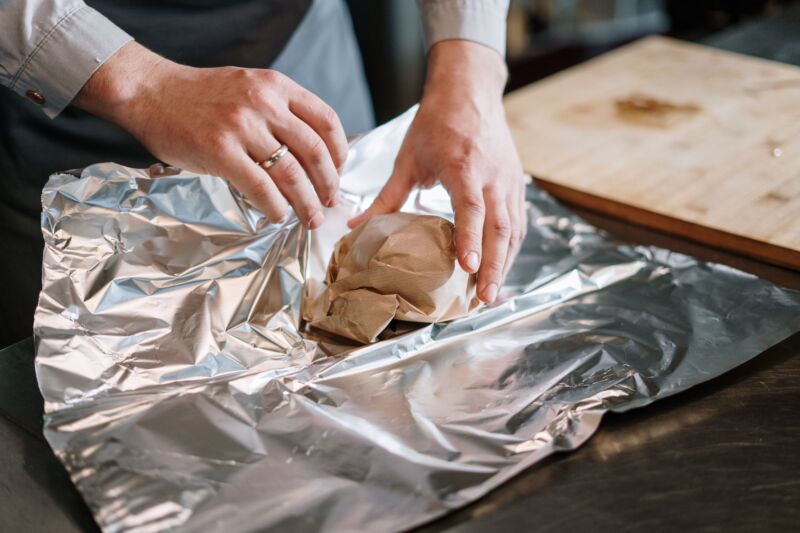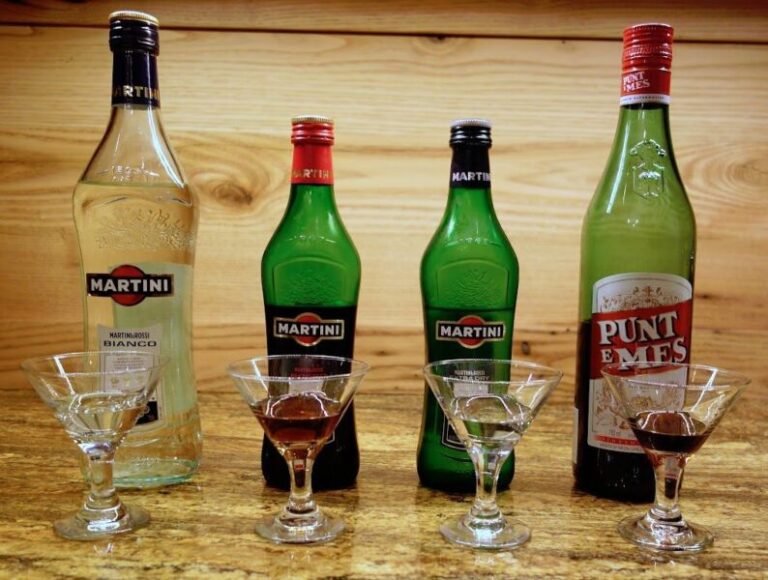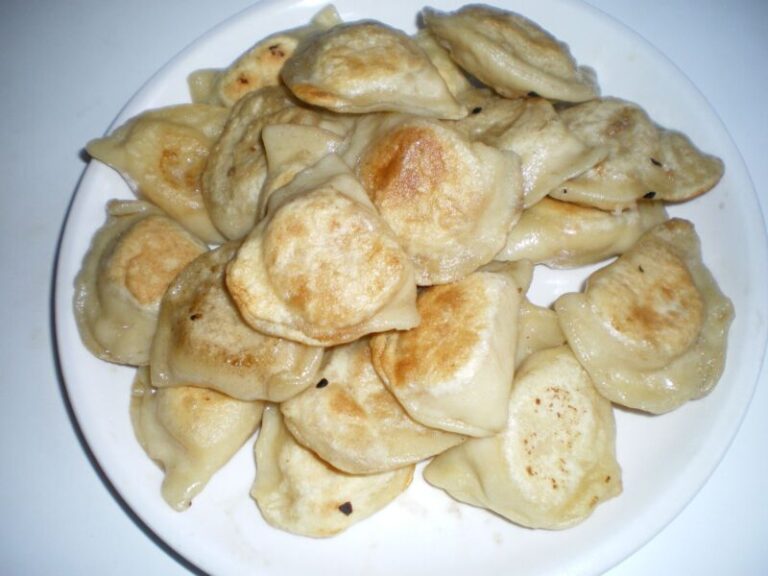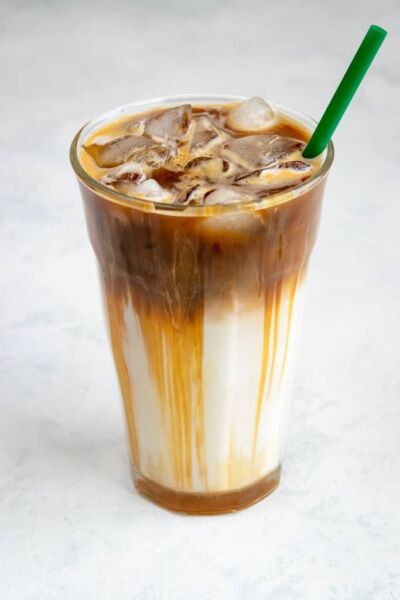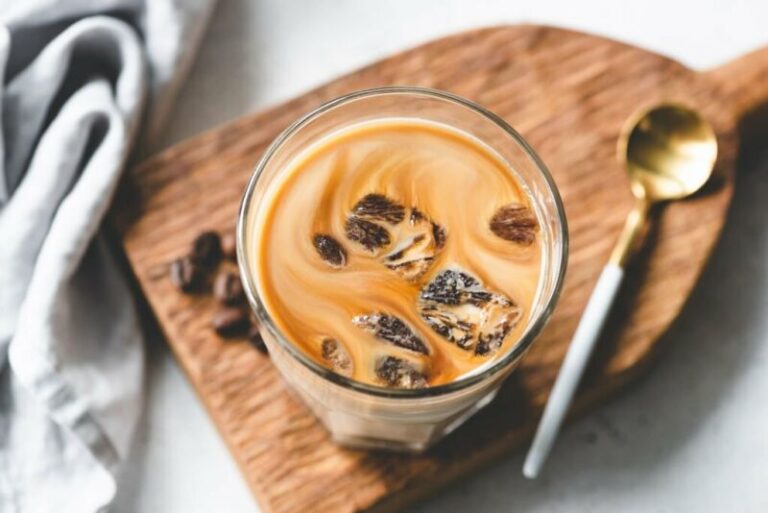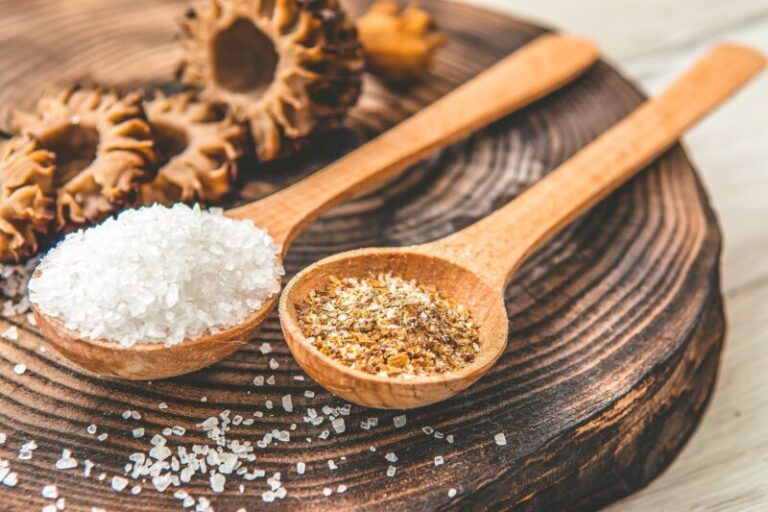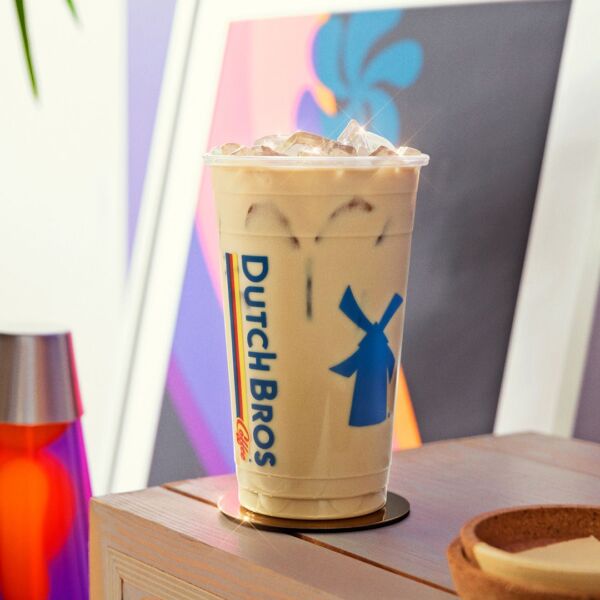Which Side of Aluminum Foil Should You Use? (Dull Side or Shiny Side)
Aluminum foil is a versatile kitchen staple used for everything from lining baking pans to wrapping leftovers. Many home cooks have wondered if there is a right and wrong side of aluminum foil to use. This article will examine the differences between the two sides of foil, whether one side is better for cooking, and provide tips on how to use aluminum foil effectively in the kitchen.
Is There a Right and Wrong Side of Aluminum Foil?
Aluminum foil has two distinct sides: the shiny side and the dull side. The shiny side is smooth and reflective, while the dull side appears matte and less shiny. So is there a correct side of aluminum foil that should be used?
The short answer is no. There is no difference in performance between the dull and shiny side of aluminum foil. Both sides of aluminum foil are equally good at handling heat, keeping food fresh and preventing leaks. You can use either side of aluminum foil without issue.
Why Does Aluminum Foil Have Two Different Sides?
Aluminum foil is made through a process called rolling. Sheets of aluminum are passed through a series of heavy rollers that compress the aluminum and make it thinner. This is done until the desired thickness is reached.
During the rolling process, one side of the aluminum foil becomes smooth and shiny. The other side remains matte. The smooth and shiny side is the result of the aluminum surface coming in contact with the rollers. The dull side does not directly touch the equipment during manufacturing.
Which Side of Aluminum Foil Should You Use?
As we’ve established, both sides of aluminum foil work equally well for cooking. However, many home cooks have preferences when it comes to which side should face up or down.
The dull side is considered the preferred side for aluminum foil that touches food. The matte appearance looks less like metal and resembles paper more closely. Having the dull side face your food provides a more appetizing presentation.
Meanwhile, the shiny side is slightly smoother and more resistant to abrasion. This makes it a good choice for lining baking sheets and pans. The smooth surface releases food easily.
Is One Side of Aluminum Foil Toxic?
Rest assured that neither side of aluminum foil is toxic or unsafe to use. The different appearances are only surface-level changes and do not affect the makeup of the aluminum itself. Both sides of the foil are crafted from the same aluminum material and are food-grade.
There are no chemicals, coatings or finishes applied during manufacturing to make one side any more or less reactive. You can rule out toxicity as a factor when deciding which foil side to use.
Which Side of Aluminum Foil Gets Hotter?
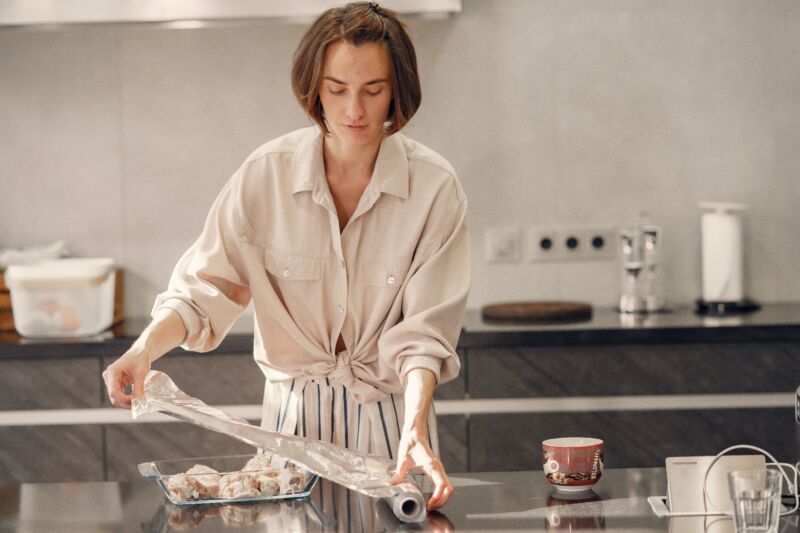
When using aluminum foil for grilling, baking or other high-heat cooking methods, you may wonder which side will retain more heat and get hotter faster.
In reality, both sides of aluminum foil conduct heat equally well. Aluminum is an excellent heat conductor, so neither side has an advantage.
That said, the shiny side will reflect more radiant heat than the dull side. But the overall difference in temperature is negligible. Rest assured that both sides of foil can handle intense heat with ease.
Which Side of Aluminum Foil Should Face Up?
When covering dishes with aluminum foil or using foil liners for baking, which side should face up? Many sources recommend placing the shiny side down and the dull side facing your food.
However, some claim it makes no difference which way foil is oriented when cooking. At very high temperatures, the variation in heat conduction becomes insignificant.
The consensus is to place the dull side up for aesthetic appeal. But in terms of cooking performance, foil orientation is unlikely to have a major impact.
Versatile Uses for Aluminum Foil in Cooking
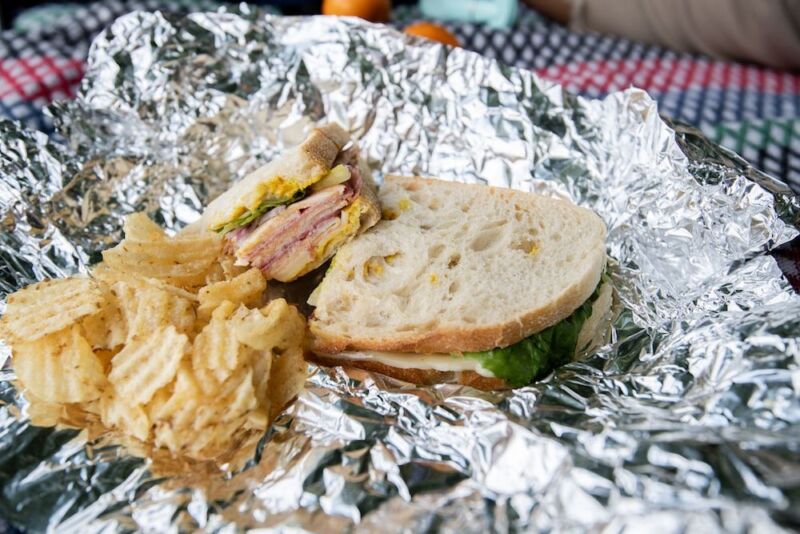
Once you’ve selected which side of aluminum foil to use, it’s time to put it to work! Here are some of the many ways aluminum foil can be utilized in the kitchen:
- Line baking sheets and pans
- Cover bowls and plates
- Wrap food for steaming
- Make foil packets for grilling
- Protect surfaces when broiling
- Create disposable liners for Crockpots
- Fold into boats for easy baking
The uses for aluminum foil are nearly endless. It can help retain moisture, prevent overbrowning, and make cleanup a breeze. Keep a roll on hand for all your cooking needs.
Frequently Asked Questions
Should you use the shiny side or dull side of foil for baked potatoes?
For baked potatoes, it is best to wrap them in foil with the shiny side facing out. The reflective surface will better reflect heat toward the potato for even cooking. Place the dull side toward the potato.
Why is one side of aluminum foil shiny?
The shininess comes from the foil surface being pressed against smooth rollers during manufacturing. This smooths out one side, while the other remains dull.
How is aluminum foil made?
Aluminum foil starts as thick sheets of aluminum. The sheets are fed through giant rollers that compress them thinner and spread them out wider. One side becomes smooth and shiny against the rollers.
The Takeaway
While aluminum foil has two distinct sides, there is no functional difference between them when it comes to cooking performance. Both the dull and shiny side are equally efficient at conducting heat, preventing leaks and containing food.
You can use either side of aluminum foil without sacrificing results. Simply decide based on personal preference if you enjoy the look and feel of the shiny or dull side better.
Keep aluminum foil on hand for all your baking, grilling, steaming and food storage needs. With proper use, aluminum foil can take your kitchen skills to new heights.
